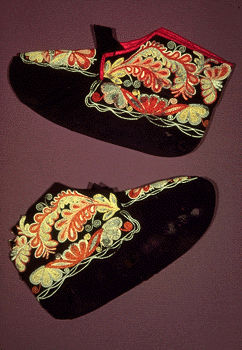Article
Media Convergence in Canada (Plain-Language Summary)
Media convergence is a term for two things: 1) It is when different media merge through technology. This is also known as technological convergence. 2) It is also when companies own different media outlets as part of a business strategy. This is also called media consolidation, media concentration or economic convergence.













